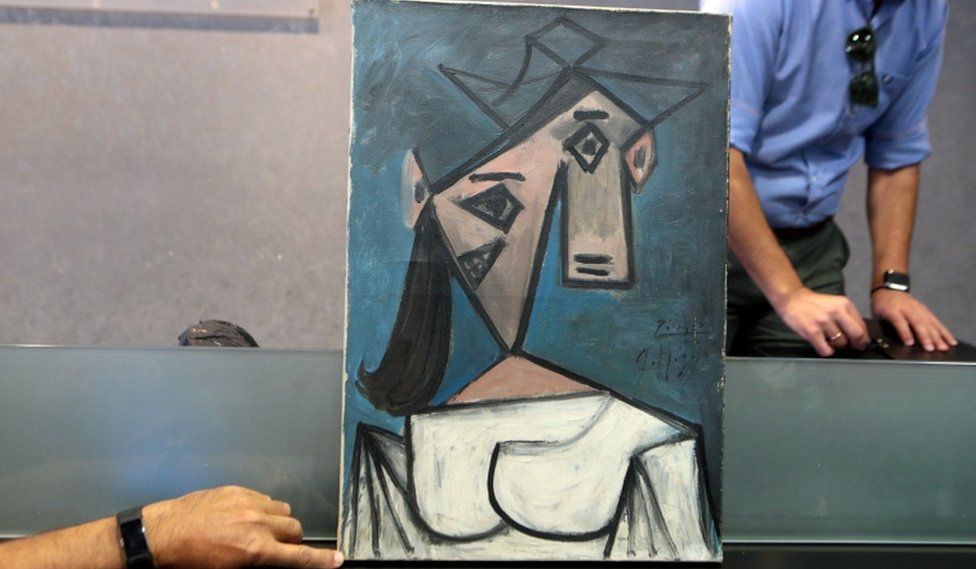Sturgeon makes an appeal to people to stick to the rules – but seeks to give a message of hope.
“While we work hard to get people vaccinated… please help us keep the virus at bay by taking care and following all of the vital health advice.
“I know, I really do know, everyone is sick of this – and I include myself in that. And I know that many feel frustrated because we might think others are not taking this as seriously as we have been.
“We are so close now, not just to seeing the light at the end of the tunnel but actually reaching the light at the end of the tunnel.”
She calls on people to follow the health advice and rules, and says people should keep outdoors as much as possible and if you are meeting indoors then to keep a window open for ventilation.
Sturgeon says that advice also goes for when watching sport, including the Euro 2020 football tournament and also Wimbledon.
And she wishes Scot Andy Murray good luck for his next match as well as England for their football match with Germany.
Ms Sturgeon says “we’re very much in a race just now between the virus and the vaccines”.
“We are very confident that the vaccines will ultimately win this race,” she adds. “The question is what happens between now and then.
“If over the next few weeks, the virus gets ahead, unfortunately we will see more people become ill, we will see more people die and we will see more pressure on our NHS.
“The problem we’ve got just now is the virus is running faster than it has ever done before. The Delta variant that we are dealing with just now… is significantly more transmissible. That is helping to drive the steep rise in cases we’ve been seeing in recent days.”
But, she says, vaccines are breaking the link between the virus and serious illness.
To show that, she says that throughout the whole pandemic around 13% of cases and 89% of all deaths have been in the over 65s, but now nearly all over-65s have had both doses, that is changing.
Those aged 65 and over are now accounting for just 2% of new cases.
Fewer people who get Covid now are going to hospital, she explains.










